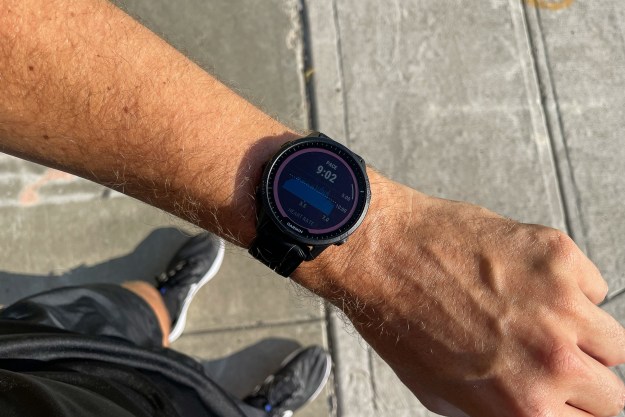Maybe it should be, though, since that’s exactly what a multidisciplinary research team at Worcester Polytechnic Institute (WPI), the University of Wisconsin-Madison, and Arkansas State University-Jonesboro has been using as a platform for growing healthy heart tissue.
Their work is described in a new paper, attractively titled “Crossing kingdoms: Using decelluralized plants as perfusable tissue engineering scaffolds.”
“In this work we combine advantages available in the plant kingdom to address needs in human tissue regeneration,” Glenn Gaudette, a biomedical engineering professor at Worcester Polytechnic Institute, told Digital Trends. “A major limitation in making new heart tissue is the lack of a fluid transport system to supply growing tissues with the nutrients they need to survive. We looked to the plant kingdom to see how plants transport fluids, and found that plants have a similar fluid transport network as humans.”

The team built on this discovery by first removing the plant cells from a spinach leaf, and then demonstrating that it’s possible to use the veins remaining in the leaf structure to transport fluid and small particles, the approximate size of blood cells. In addition to this, they seeded heart cells on the plant scaffold to show that the scaffold can serve as a basis for building heart muscle.
“I think some of the excitement comes from the idea of having a natural solution available for what’s been a real limiting problem in regenerative medicine,” Gaudette continued. “For example, plant biologists can grow plants in many different sizes and shapes, which could be engineered to be scaffolds for different human tissues. In addition, plants are relatively inexpensive and readily available.”
Long-term, the dream is that it will be possible to use this discovery in the tissue engineering field. Plants can quickly be grown to different sizes and shapes that may allow for precise scaffolds for individuals, and for specific organs. In the short term, the team hopes to develop a potential platform for testing new drugs on tissue-engineered constructs which can be perfused through the plant vascular system.
We may not be quite at the point where your heart transplant can be grown on a fresh bed of spinach leaves, but this work suggests that it’s not totally out of the question, either.
Popeye would be proud!


